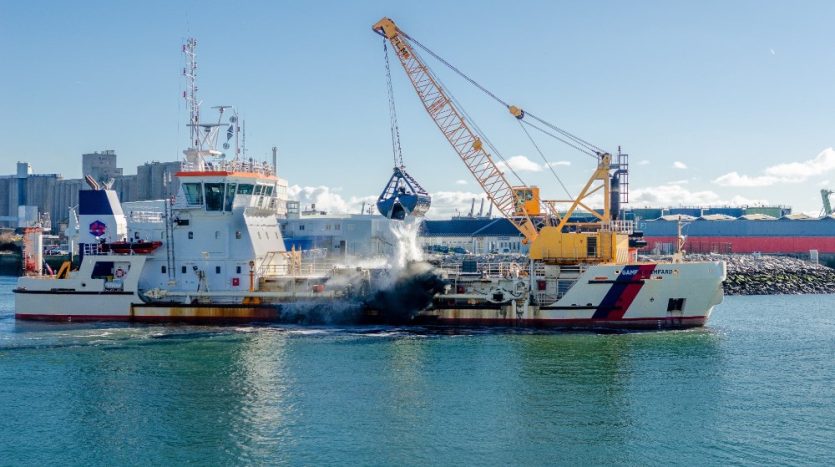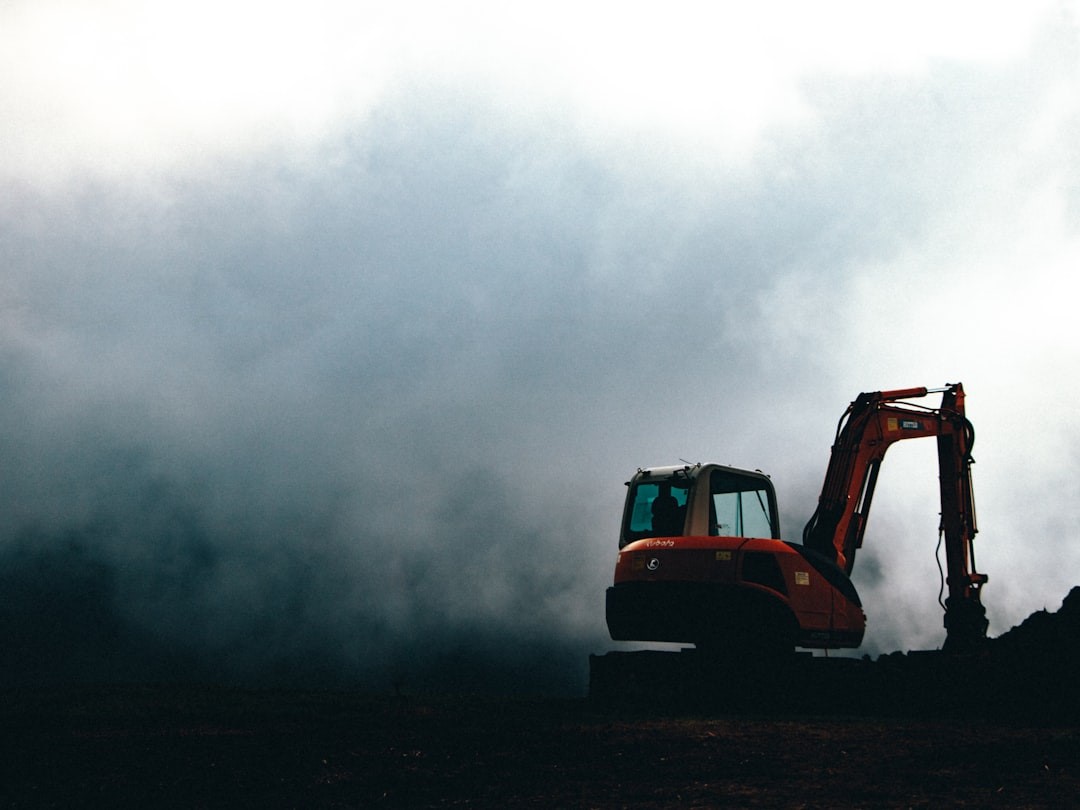Why Choosing the Right Hydraulic Dredging Equipment Determines Project Success
In industries where water, sediment, and environmental control intersect, hydraulic dredging stands out as a key solution. It plays a pivotal role in operations like port maintenance, mining, construction dewatering, and energy production. Among these, shale oil extraction heavily depends on precise dredging operations to maintain optimal flow and safety.
Dredging projects, particularly at commercial or industrial scale, often involve large volumes of sediment, slurry, or contaminants that must be moved efficiently. The success of such a project is directly linked to the equipment chosen. Whether it’s a high-capacity dredge pump or a slurry transport system with abrasion resistance, each piece needs to be chosen based on performance, durability, and fit for purpose.
Matching Equipment to Application
Selecting equipment begins with a clear understanding of site conditions. The density of material, depth of water, presence of obstructions, and environmental regulations all influence which hydraulic dredge will perform best.
For instance, in mineral recovery, abrasive solids such as sand and gravel require pumps built with hardened materials. On the other hand, in floodplain remediation, operators may prioritize low-turbulence dredges to avoid disturbing contaminants. Matching your gear to your goals improves safety, shortens project timelines, and controls cost by reducing mechanical wear.
Hydraulic cutterhead dredges, submersible slurry pumps, or remote-controlled dredge platforms each offer advantages depending on the size, access, and slurry composition. Success often hinges on aligning these design traits with the specific environment of the job.
Importance of Pump Efficiency
Hydraulic pumps form the heart of any dredging setup. Their efficiency directly impacts fuel consumption, speed, and sediment transport distance. Choosing the correct pump involves balancing flow rate, head pressure, and slurry composition. Larger horsepower doesn’t always mean better performance if the internal components can’t handle grit or blockages.
Centrifugal pumps used in dredging are particularly sensitive to changes in sediment concentration and particle size. An undersized pump may clog frequently or deliver substandard results. Oversizing, in contrast, could waste energy and escalate operating costs.
Pump performance curves and real-world data provide key insights into what model will meet demand. Maintenance intervals and serviceability are just as critical. A pump with internal liners or easy-access impellers reduces downtime and extends the operational lifespan of the system.
Precision and Control with Modern Dredging Systems
Dredging equipment integrates advanced control systems, automation, and GPS-based navigation. These features help reduce human error, enhance coverage accuracy, and allow operators to work continuously in complex environments. For large-scale energy operations, such as those used for shale oil extraction, hydraulic dredges fitted with variable-speed motors and flow control valves give precise adjustment over material removal rates. This type of fine control ensures that surrounding substrates aren’t destabilized or unnecessarily disturbed.
Data logging and remote diagnostics allow project managers to monitor productivity in real time. In regulated industries, this provides documentation for environmental compliance and risk mitigation.
Wear-Resistant Components Extend Project Value
Industrial dredging involves prolonged exposure to abrasive or corrosive materials. Equipment longevity depends on using the right wear-resistant materials. Components such as pump casings, impellers, and hoses should be manufactured from alloys or composites that match the job environment.
Chrome, high-manganese steel, and rubber-lined parts reduce erosion and chemical degradation. Investing in wear-resistant gear may come with a higher upfront cost, but the long-term savings from fewer repairs and replacements make this an effective strategy.
Using replaceable liners or modular parts allows for easy servicing in the field. This decreases equipment downtime and helps keep projects on schedule. As dredging cycles repeat across seasons or locations, the value of ruggedized components becomes clear.
Environmental Considerations Shape Equipment Design
Modern hydraulic dredging must also adhere to evolving environmental standards. Regulatory agencies often monitor water turbidity, noise levels, and aquatic habitat disruption. The equipment used must align with those regulations from the start.
For sensitive wetlands or conservation zones, low-emission engines, biodegradable hydraulic fluids, and sediment curtains help reduce impact. Smaller dredges with electric motors may be preferable in noise-restricted areas, even if that means more passes or slower throughput.
Selecting dredging systems with built-in monitoring for sediment flow or water clarity helps operators document compliance. These technologies also help avoid fines and build trust with local communities affected by the project.
Customization Supports Complex Operations
No two dredging jobs are exactly alike. Some operations might run continuously for weeks, while others cycle on demand based on weather or production phases. This variability makes customization a major advantage in equipment design.
Manufacturers that offer modular systems or flexible configurations enable businesses to adapt equipment to current needs without a complete overhaul. Features like interchangeable cutterheads, pump upgrades, or alternate power sources make it easier to redeploy assets across various projects.
Customizable control interfaces, pipe sizing, and mounting solutions let operators integrate dredging systems with their existing infrastructure. These adaptations support workflow continuity and reduce the need for multiple, specialized machines.
Choosing hydraulic dredging equipment is about far more than horsepower and pipe length. It’s about aligning operational goals with real-world field conditions, anticipating wear and tear, and respecting environmental guidelines. When these elements are weighed carefully, the equipment becomes a reliable partner in the success of the project.
The best outcomes are realized when companies pair knowledgeable operators with technology that can adapt to site-specific demands. In industries like energy, mining, and infrastructure, those decisions shape not just efficiency, but profitability.










